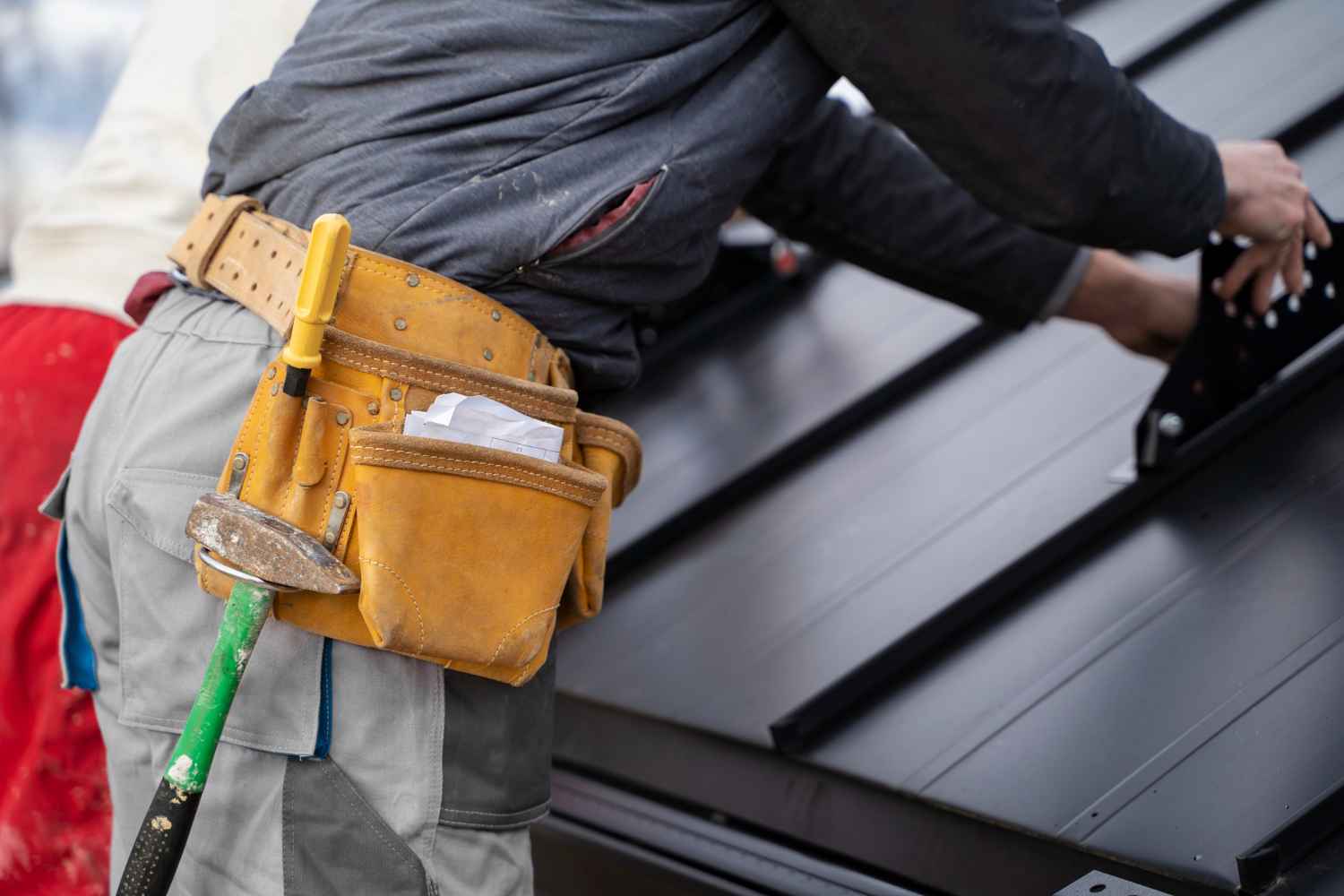The roof on top of your head is your shield from weather elements. Most homeowners often turn a blind eye to essential repair policies, especially roof-related ones. Whether you face trivial or major problems, understanding the building insurance policy can make a difference when dealing with roof repairs.
Given the unforeseeable weather conditions and corrosion issues in the UK, quickly addressing roof issues is essential for aesthetics and maintaining your property’s veracity and worth. This blog will explore the multiple types of building insurance available in the UK and clarify common misunderstandings about roof damage coverage. It will also share some factors affecting insurance claims and some key tips for managing the claims procedure.
What is Building Insurance?
Building insurance protects the structure of your setting from damage or loss. It covers the cost of repairs or rebuilding if your home is damaged by fire, flood, storm, or due to any other reason.
Roof Damages Covered by Building Insurance
Regarding roof repairs, your insurance coverage depends on the type of damage and how it happened. Generally, moderate depreciation is not covered. However, sudden and unexpected damage is more likely to be covered. Here is a summary of what is usually covered and what is not:
What Are Covered Roof Damages?
- Falling Trees or Debris: If a tree crashes onto your roof or trash from a nearby property damages your domestic property, your insurance might help pay for the repairs. Yet, this depends on your policy details.
- Fire or Vandalism: If your roof is damaged from fire or vandalism, your insurance typically covers the repairs or replacements. However, this depends on the policy’s terms and conditions.
- Storm Damage: In the United Kingdom, strong winds and downpours are the main causes of roof damage. That is why various renowned insurers offer insurance policies that cover repairs during a storm, as the damage can be swift and unexpected. For example, insurance usually covers losses caused by the wind blowing away tiles or by hailstones damaging them.
- Accidental Damage: Some policies include coverage for accidental damage. This coverage applies if the roof is damaged due to unexpected events, like an accident during maintenance.
What Are Not Covered Roof Damages?
- Wear and Tear: Roofs naturally age, causing materials such as tiles and shingles to break down. Insurance does not cover this wear since it is a part of regular maintenance.
- Maintenance Negligence: Failure to maintain your roof, such as ignoring leaks or broken tiles, may result in denied insurance claims. Multiple insurers encourage homeowners to take reasonable steps to keep their roofs in good condition.
- DIY Repairs: Attempting DIY repairs that do not meet expert standards can also result in denied claims. It is always a best decision to hire a qualified roofing professional for repairs.
Is a Leaking Roof Covered by Insurance in the UK?
Yes, a leaking roof can be covered by home insurance in the UK if it is damaged by storm, fire or vandalism, falling trees or debris, or accidental happening. Nevertheless, coverage can vary based on your policy details, especially concerning maintenance or pre-existing conditions.
How Can You Make an Insurance Claim For a Leaking Roof?
To make a leaking roof insurance claim, you must take the necessary steps to reduce potential damage while waiting for a qualified specialist to evaluate the situation.
Report the Leak: Reach out to your insurer quickly once you have discovered the leak. The expert will ask for details about the level of damage and when it occurred.
Document the Damage: Take clear photos and videos of the affected part, including the leak source, water damage inside, and any visible damage to the roof exterior. Remember to note the date and time of the damage.
Minimise Further Damage: To prevent further water infiltration from the leak, you can place buckets to catch the dripping water and temporarily cover the area with a tarp.
Get Expert Help: You can hire a certified roofing contractor to inspect the roof. The expert will provide a thorough written estimate outlining the essential repairs and costs.
Contact Your Insurance Adjuster: You can allow the insurance adjuster to access your property to evaluate the damage and discuss the scope of the repairs.
Submit Your Claim: You must provide your insurer with all related documentation, including photos, contractor estimates, and other supporting data.
Negotiate the Settlement: You need to review the insurance company’s claim assessment and discuss any disagreements with your adjuster.
How to Get Insurance to Pay for Roof Replacement?
Replacing your roof can cost you a noteworthy amount, yet homeowners’ insurance can lessen your financial load when you follow the right procedure.
Recognise Damage
Check your roof for signs of damage, such as missing shingles, cracked tiles, hail dents, visible leaks, or damage from recent storms. You will have concrete proof to present to your insurance adjuster, strengthening your claim.
Review Your Insurance Policy
Now, you should check your homeowners’ insurance policy. This policy may include the coverage limit for roof damage, the types of damage, and whether it covers partial or full replacement costs. You can also contact your insurance provider for clarification.
Contact a Skilled Roofing Contractor
Prior to filing your claim, it is clever to refer to a renowned contractor. The specialists can inspect the roof thoroughly, identify hidden issues, and estimate repair costs. This clarifies the work scope and supports your claim with documentation.
File Your Insurance Claim
If you have documented the damage and consulted with the pros, now you need to make a claim. Count on your insurer and provide the details that includes:
- Policy number
- Damage details
- Photos/videos of damage
- Contractor’s estimate
The insurer will allocate an adjuster to evaluate the severity of the damage. You must provide every detail during your conversation with the adjuster.
Meet with the Insurance Adjuster
The insurance adjuster assesses your claim to determine your coverage. When they visit your property, be available to show the damage, provide relevant documents, and have your contractor ready for questions. Your involvement will help the adjuster understand the damage and necessary repairs.
Get Approval and Start Repairs
Once your claim is accepted, your insurer will share the coverage costs for the repair and replacement. The procedure can vary based on your policy, but you will normally get paid partially or fully.
Now that you have the funds, contact your roofing contractor for the replacement. At Surrey Roofing Specialists, we efficiently restore roofs to safeguard your home in the UK.
Things to Consider for Roof Insurance Claims
If you want to file an insurance claim for your roof, there are a few key factors your insurance company will consider.
Age of the Roof: Insurance companies consider old roofs liabilities, not assets, and may not cover damage due to normal wear and tear.
Cause of Damage: Insurance usually covers damage due to sudden events like storms, fires, and vandalism but not gradual weather damage. Understanding this difference helps homeowners manage risks and take preventive steps.
Maintenance History: Regular roof maintenance can help you secure insurance coverage for unexpected damage. It shows insurers you are responsible, which increases the chances of claim approval.
Documentation: Obtain a detailed inspection report from a qualified roofer that outlines the damage, cause, and repair costs. This documentation is crucial and will help in making an insurance claim.
Policy Review: Review your insurance policy to identify which types of roof damage are included and which are not. This will help you protect your home and ensure you have the right coverage.

